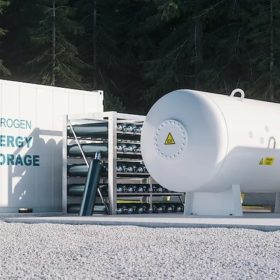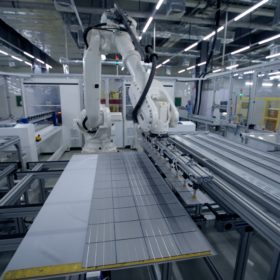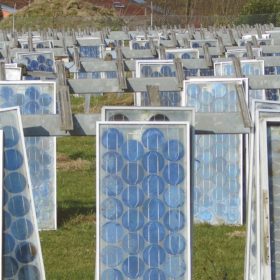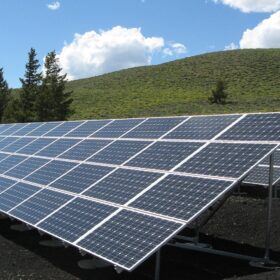Red Sea tensions set to drive up solar module prices
The costs of transporting a container from China to Rotterdam have already almost tripled due to ongoing tensions in the Red Sea and the Gulf of Aden. Houthi militants have been attacking merchant ships there for weeks, preventing them from entering the Red Sea and transiting through the Suez Canal.
GIFT City advances on platform for hydrogen trading
The Gujarat International Finance Tec-City (GIFT City) has partnered with the Indian Gas Exchange (IGX) and Gujarat State Petroleum Corp. (GSPC) to establish a global hydrogen trading mechanism.
Solar energy as the change maker in rural India
To scale the adoption of clean technologies in rural areas, we need to focus more on leveraging the experience of early women adopters. We should organise hyperlocal events and demos – create spaces for women to network and become aware.
Major U.S. solar developer announces recycling plans
EDF Renewables North America signs on with Solarcycle to recycle damaged or broken solar panels.
India’s solar module exports to USA to keep rising till FY 2025
Indian solar module manufacturers will have significant opportunities until July 2024 to sell their products in the USA market. However, their exports to the USA may start stagnating from 2025 and declining from 2027 onwards as the USA develops domestic capacities under its Inflation Reduction Act (IRA), according to a new report by IEEFA and JMK Research.
India’s emergence as a credible option in renewables supply chain
Clean technology and ancillary equipment offer a cumulative $300-400 billion sales opportunity for Indian manufacturers within this decade, according to a new report by KPMG that says India has the potential to emerge as an alternative in the renewable energy supply chain.
China polysilicon prices extend gains for tenth successive week
In a new weekly update for pv magazine, OPIS, a Dow Jones company, provides a quick look at the main price trends in the global PV industry.
India’s solar module imports from China fell 76% YoY in H1 2023
India is seeing a large fall in solar panel imports from China as it prioritizes domestic solar manufacturing, finds a study by Ember.
India will add 45 GW of renewable energy capacity over next two fiscals, says CareEdge Ratings
India will install around 20-25 GW of new renewable energy capacity annually over the next two fiscals, driven by a healthy project pipeline and a strong bidding roadmap. The decline in solar module prices and one-year relaxation for the approved list of module manufacturers (ALMM) bode well for the capacity addition.
Solar passports to support PV waste management in India
A new study proposes a blockchain-based solar passports framework to address the PV waste management challenge in India. It says such a framework would enable transparent tracking and verification of PV panels throughout their lifecycle, ensuring efficient asset monetization and promoting sustainable practices within the solar industry.















